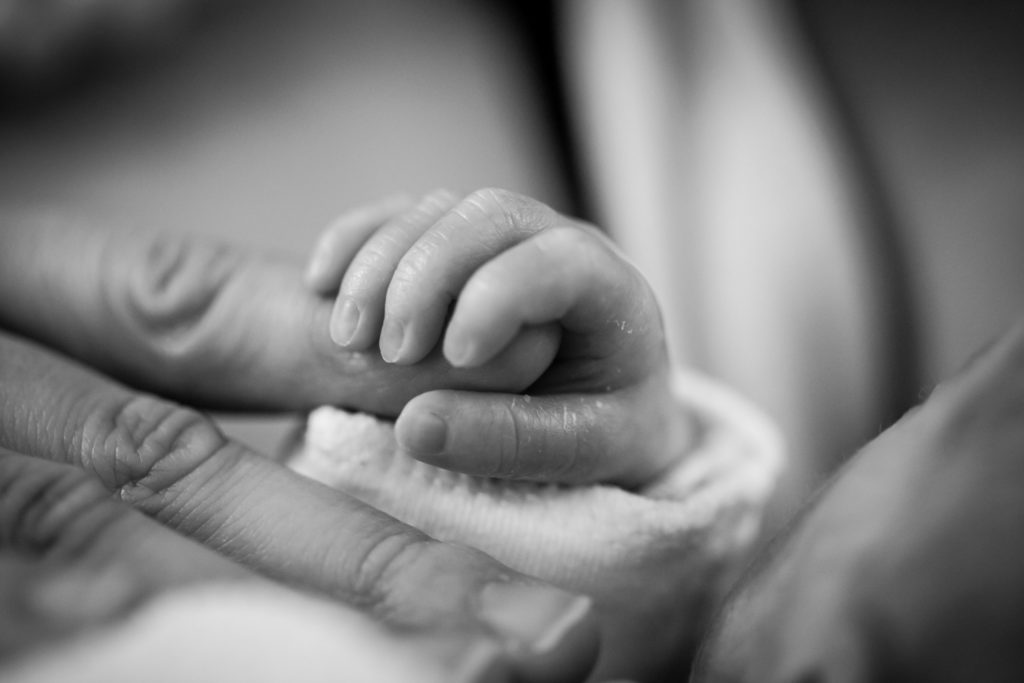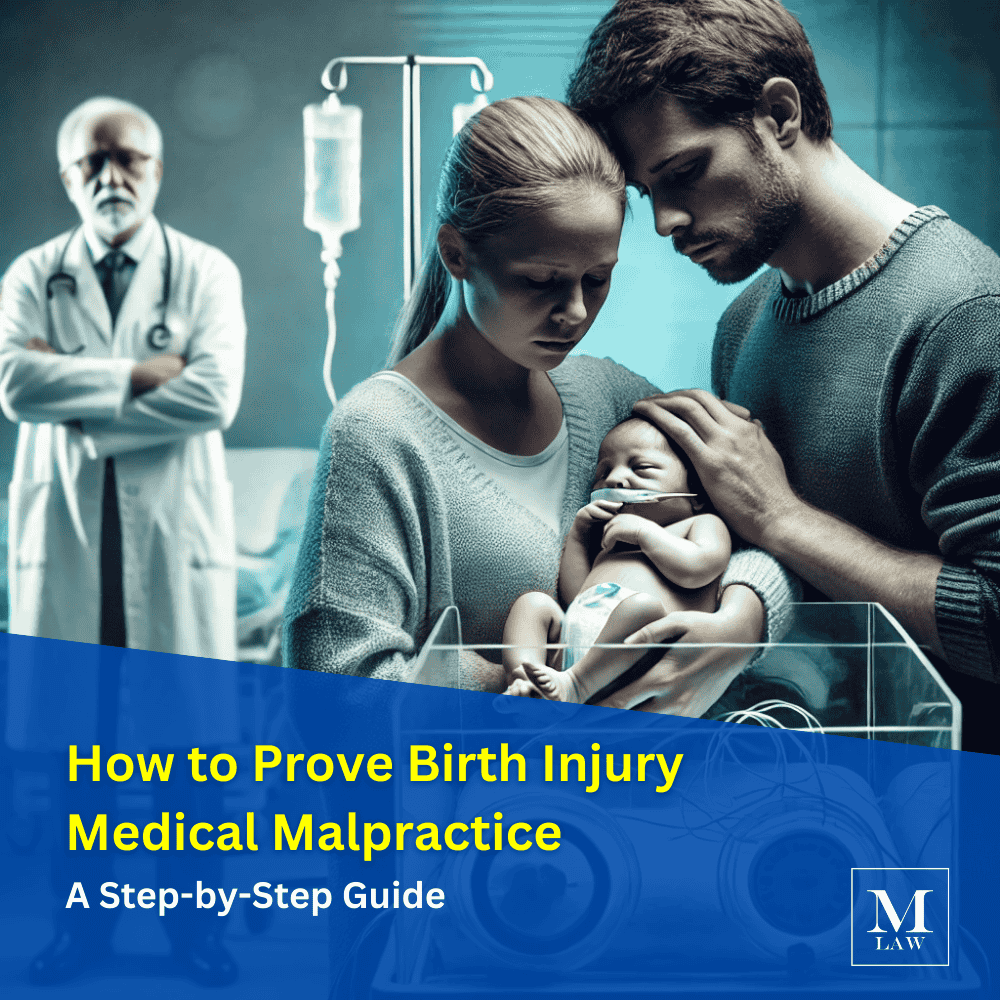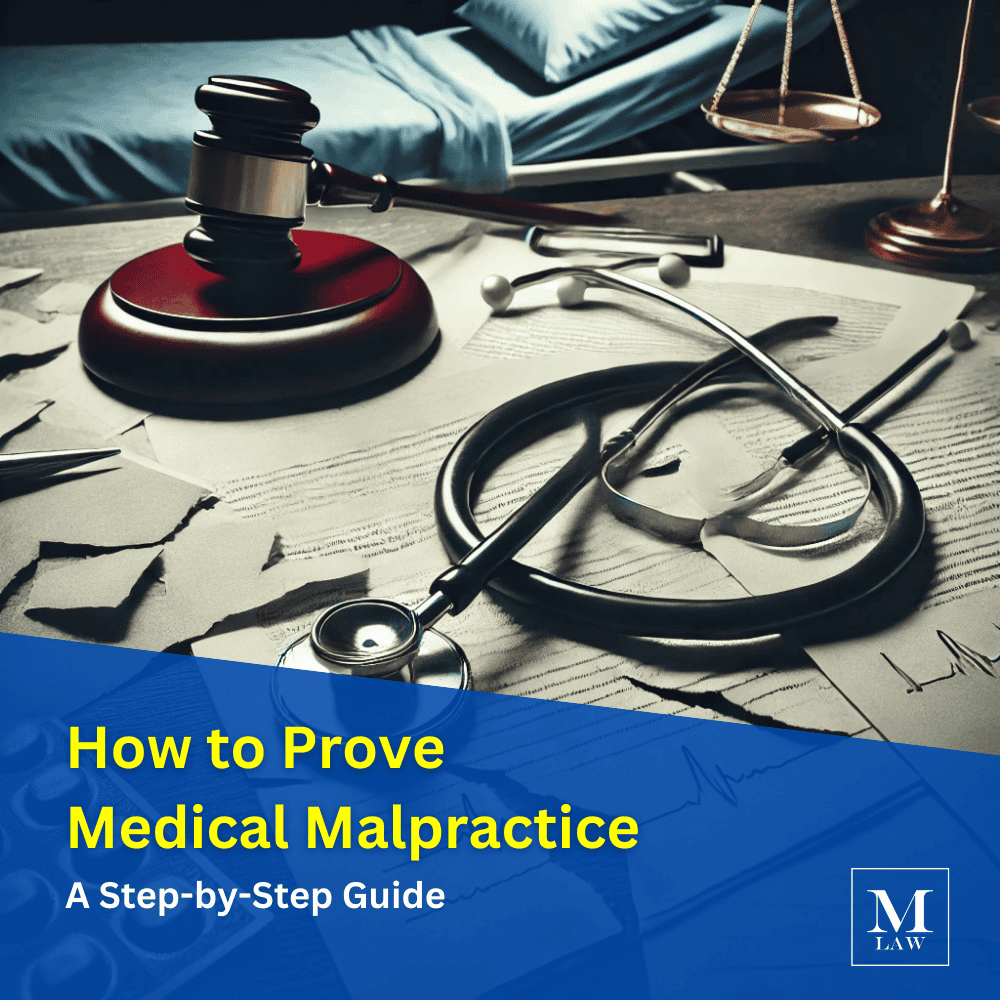What is the Brachial Plexus?
The brachial plexus is a bundle of nerves that travels from the spine, down the shoulder and down the arm. These nerves enable movement in the arm and control sensations in the hands and arm. Damage to these nerves is a common form of birth injury, affecting 1-3 in every 1,000 infants born in the US.
Brachial Plexus Birth Injury
During delivery, the infant’s shoulders are squeezed together, which can put pressure on the nerves. In a healthy birth, a doctor or midwife will be able to help deliver the baby without injury, but in some difficult or complicated deliveries, the strain on the baby’s shoulder and neck can cause stretching or tearing of the brachial plexus.
Situations such as a breech birth or a long labor can increase the risk of injury to the brachial plexus. Infants born with wide shoulders are also at a higher risk of injury.
Damage to these nerves can cause serious issues with motor function and physical sensation. If left untreated, the injuries can cause serious problems later in life. In most cases, treatment can repair the damage done to the child’s nerves within several months, and in some mild cases, the baby will heal without the need for treatment.
If you believe your child suffered a brachial plexus injury, it is important to seek a medical opinion, even if you believe it to be mild.

Symptoms of a Brachial Plexus Birth Injury
These types of injuries can be very serious. Damage to the brachial plexus during birth can lead to life-long issues, although in most cases,
Infants experience a wide variety of symptoms from this type of injury, including:
- full or partial lack of movement
- a weakened grip
- numbness
- an odd position (the arm may bend toward the body or hang limp)
A baby suffering from this type of injury may experience “shocking” sensations in the affected limb, a symptom of the nerve damage caused by the injury. These symptoms are difficult to diagnose however, but often an infant with an injured brachial plexus will cry without any apparent reason.
Diagnosis & Treatment
A doctor testing for a brachial plexus birth injury will conduct a series of non-invasive tests on your child to check for signs of previously mentioned symptoms. This involves testing grip strength, skin sensitivity, and your baby’s Moro reflex.
If a doctor suspects your child to have a brachial plexus injury, they may order an x-ray, CAT scan, or MRI to properly diagnose the injury.
Once a diagnosis is made, your doctor, or doctors, will decide on a treatment therapy for your child. The most common form of treatment involves mild to intensive physical therapy, daily exercises, or massage therapy. In more serious cases, surgery, including nerve grafts or muscle transfers may be required.
These treatments can be expensive, but in some cases, if your child’s birth injury can be attributed to medical negligence or malpractice, you may have the right to sue for cost of treatment and bodily injury.
If you believe your child suffered a brachial plexus birth injury or any other birth injury, it is important you contact a medical professional who can diagnose your child’s injury and determine fault. A doctor experienced in birth injuries can test for injury, prescribe tests and treatment, and help you determine whether you can earn compensation for your child’s injuries.








